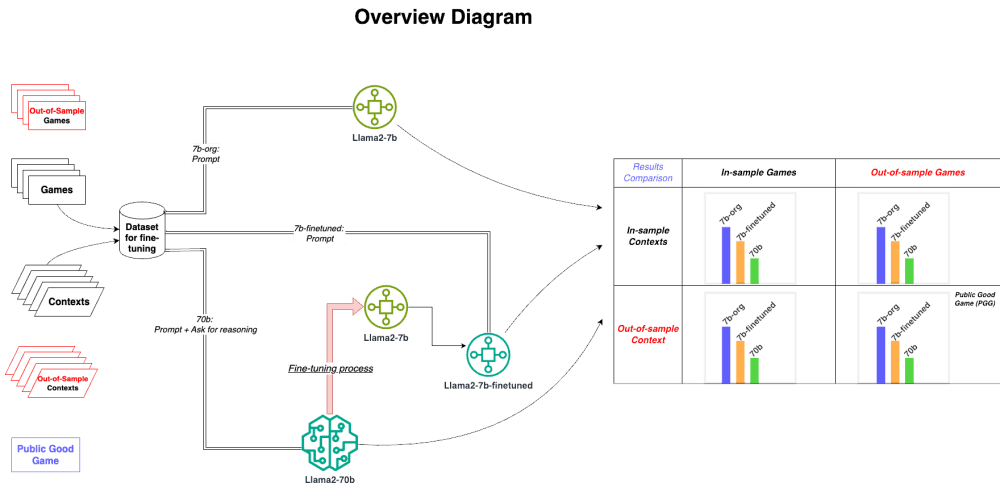Design systems are the backbone of consistent and scalable design in UI/UX. Beyond just creating cohesive visuals, design systems help teams maintain alignment and improve the overall user experience. In this post, we'll delve deeper into User-Centered Design (UCD), take a closer look at the Stanford University design system, explore the DIDI design system, and highlight a few other notable design systems.
What is User-Centered Design (UCD)?
User-Centered Design (UCD) is a design approach that prioritizes the needs, behaviors, and goals of the end user throughout the design process. UCD is iterative, involving continuous user feedback to refine and improve the product. The main focus is on ensuring that the final product is intuitive, accessible, and meets user expectations.
Key Principles of UCD
Focus on Users: Understand who your users are and their specific needs.
Involve Users: Engage users throughout the design process for feedback and validation.
Iterative Design: Continuously improve the design based on user input and testing.
Usability Goals: Define clear usability objectives, such as efficiency, effectiveness, and satisfaction.
Stanford University Design System
Stanford University has developed a robust design system to ensure consistency across its digital platforms. The system is designed to reflect the university's brand, uphold accessibility standards, and offer a flexible framework for various web and mobile applications.
Key Features of the Stanford Design System
Color Palette: A sophisticated color scheme reflecting Stanford's identity.
Typography: Guidelines that align with the university's branding, emphasizing readability.
UI Components: A set of reusable components, such as buttons, forms, and navigation menus.
Grid and Layout: A structured grid system for consistent content arrangement.
**Accessibility: **Strong focus on ensuring all components meet WCAG 2.1 accessibility standards.
DIDI Design System
DIDI, short for Design and Digital Innovation, is a design system that serves as a versatile toolkit for creating cohesive and innovative digital products. It's used across various industries and platforms to build intuitive and user-friendly interfaces.
Key Features of DIDI
Modular Components: A set of modular and reusable components that can be easily customized.
Scalability: Designed to scale with the growth of digital products, ensuring consistent user experiences.
Cross-Platform Usability: Supports web, mobile, and desktop applications, ensuring a seamless experience across devices.
Documentation: Comprehensive guidelines on using components, colors, typography, and more.
Other Notable Design Systems
1. Material Design by Google
Material Design is one of the most widely adopted design systems, known for its clean and modern aesthetic. It emphasizes usability and simplicity, offering a vast library of components and guidelines.
2. Atlassian Design System
The Atlassian Design System focuses on collaboration and productivity tools. It includes components for building enterprise software, with a strong emphasis on clarity and simplicity.
3. Carbon Design System by IBM
The Carbon Design System is tailored for enterprise applications. It provides a solid foundation for creating data-intensive interfaces with a professional and clean design.
The Importance of Design Systems in UI/UX
Design systems are critical for ensuring that digital products remain consistent, accessible, and user-friendly. Whether you're adopting UCD principles or leveraging pre-built systems like Stanford's or DIDI, having a structured approach to design will enhance both the quality and efficiency of your work.
shop Link : https://buymeacoffee.com/pratik1110r/extras
LinkedIn : https://www.linkedin.com/in/pratik-tamhane-583023217/
Behance : https://www.behance.net/pratiktamhane























